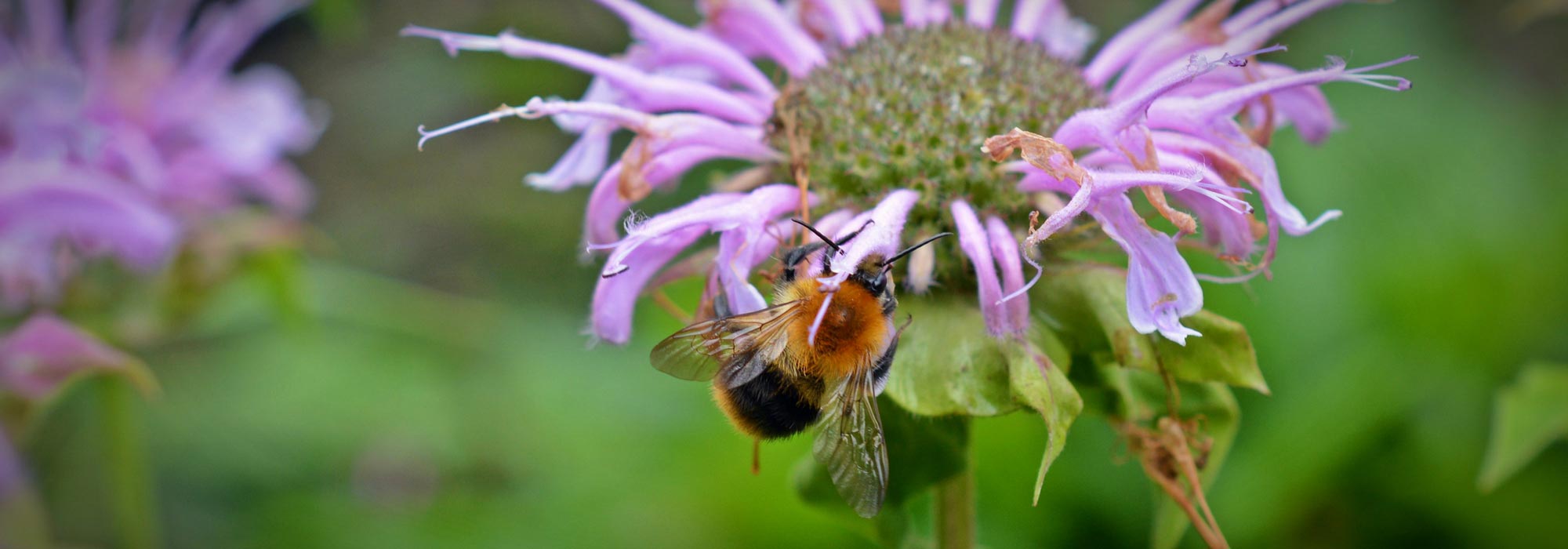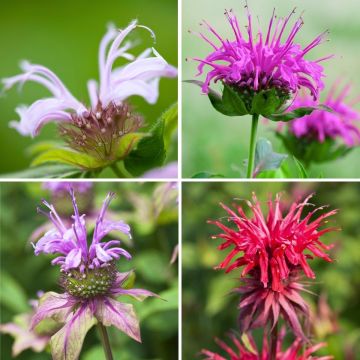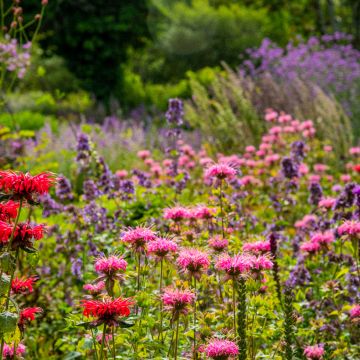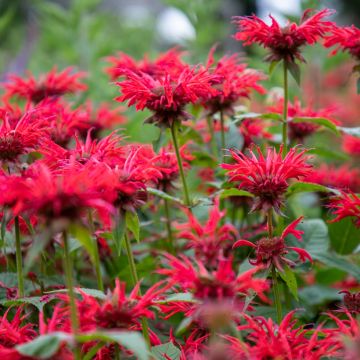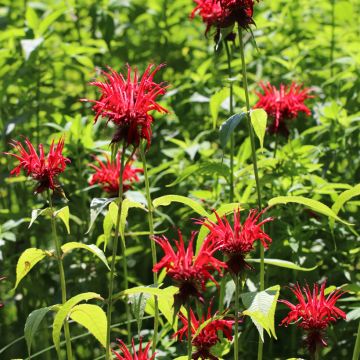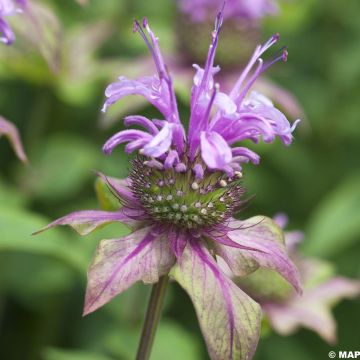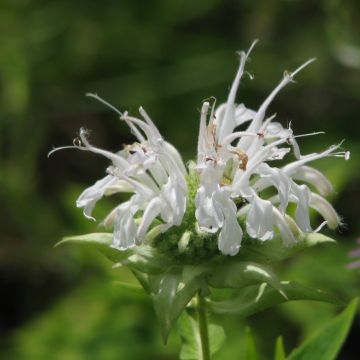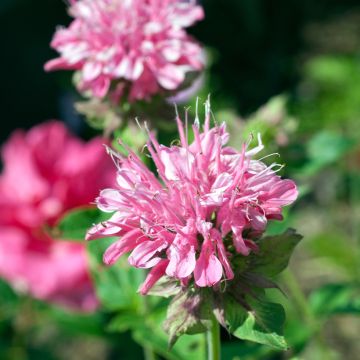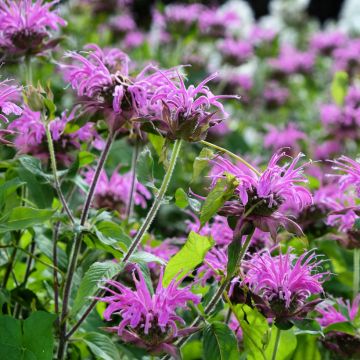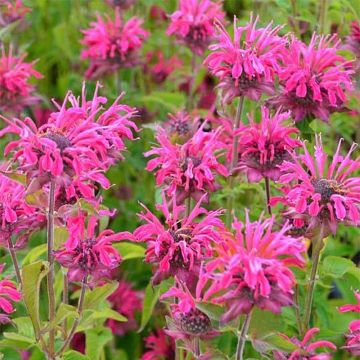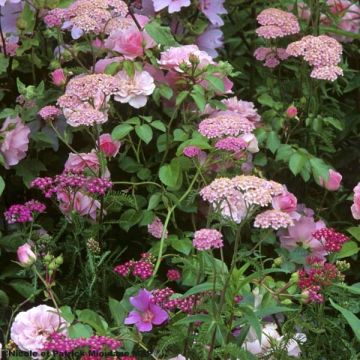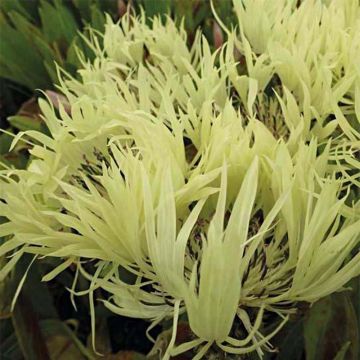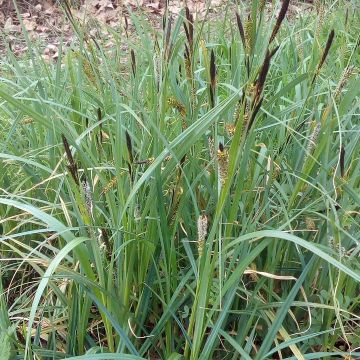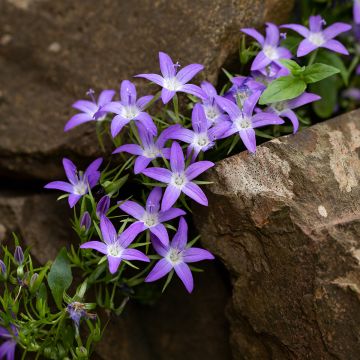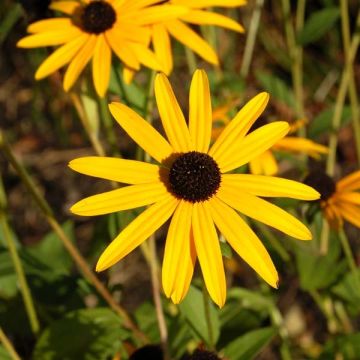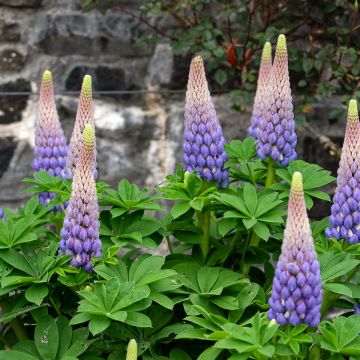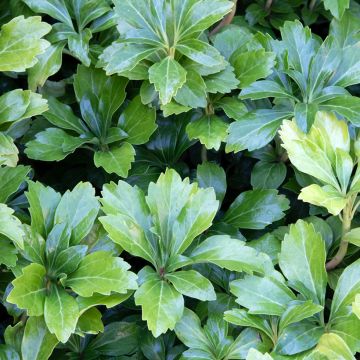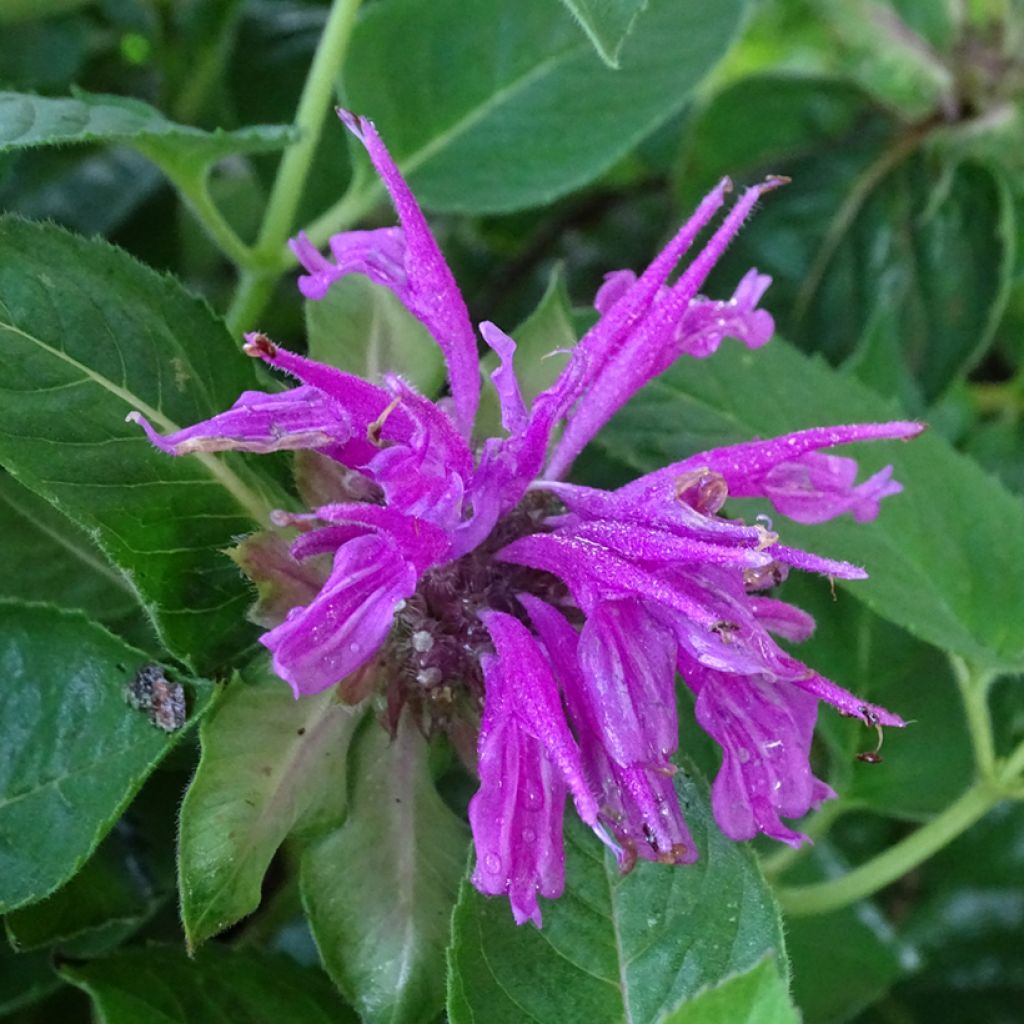

Monarda fistulosa tetraploid - Beebalm
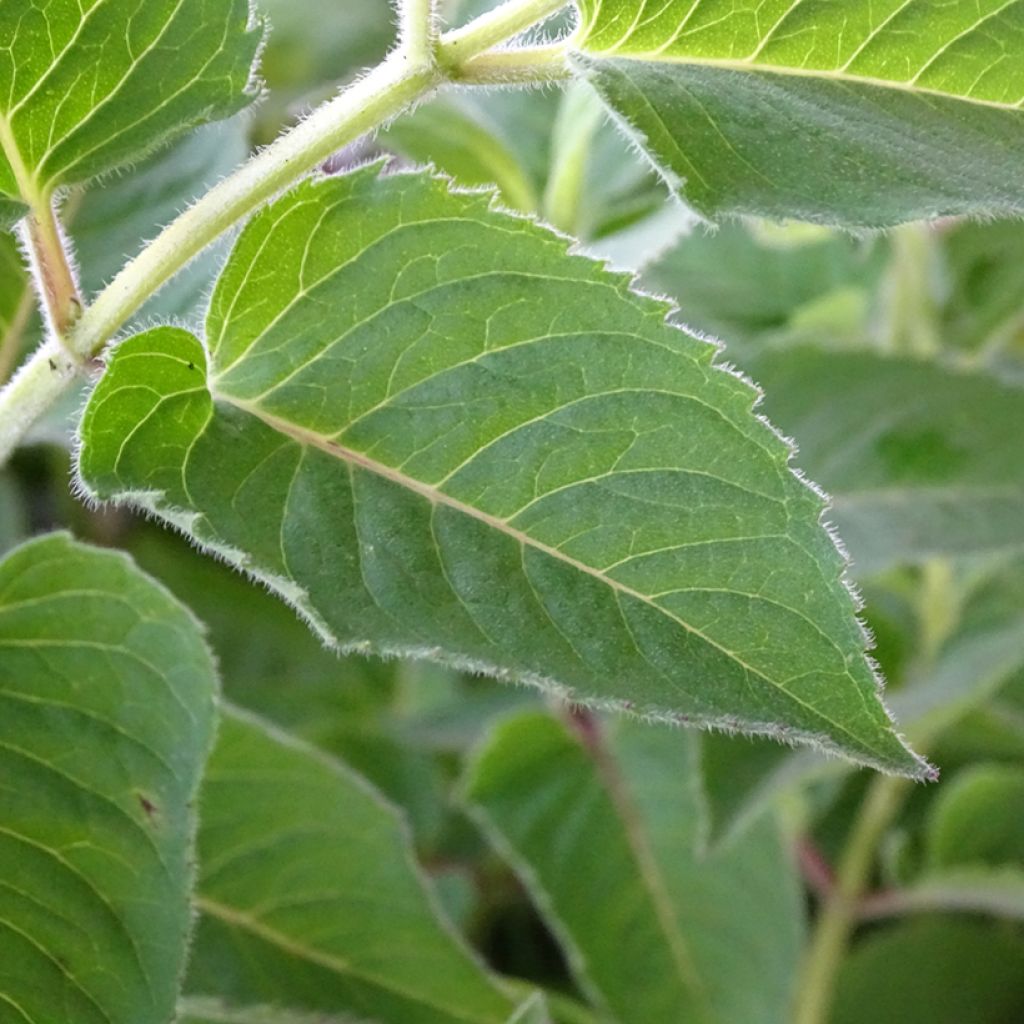

Monarda fistulosa tetraploid - Beebalm
Monarda fistulosa tetraploid - Beebalm
Monarda fistulosa Tetraploid
Bergamot, Bee Balm, Oswego Tea, Horsemint
All the young plants have withered after three days in the field of plants. This is not satisfactory at all.
Sylvie, 29/04/2023
Special offer!
Receive a €20 voucher for any order over €90 (excluding delivery costs, credit notes, and plastic-free options)!
1- Add your favorite plants to your cart.
2- Once you have reached €90, confirm your order (you can even choose the delivery date!).
3- As soon as your order is shipped, you will receive an email containing your voucher code, valid for 3 months (90 days).
Your voucher is unique and can only be used once, for any order with a minimum value of €20, excluding delivery costs.
Can be combined with other current offers, non-divisible and non-refundable.
Home or relay delivery (depending on size and destination)
Schedule delivery date,
and select date in basket
This plant carries a 12 months recovery warranty
More information
We guarantee the quality of our plants for a full growing cycle, and will replace at our expense any plant that fails to recover under normal climatic and planting conditions.
Does this plant fit my garden?
Set up your Plantfit profile →
Description
Monarda fisulosa tetraploid Monarda is a variety of bergamot distinguished by its remarkably aromatic vegetation, which releases a complex fragrance when crushed, with accents of Damask rose, Corsican mint, lavender, or rose geranium. Another advantage of this aromatic perennial plant is its long and beautiful, bright pink summer flowering, attracting butterflies and bees. Hardy and resistant to mildew, it is easy to grow in ordinary, moist but well-drained soil, in sunny borders or clear and cool woodlands.
Monarda fistulosa tetraploid belongs to the Lamiaceae family, which includes many medicinal and aromatic plants. This variety was discovered in 1972 in a specialist nursery in Canada. While its genealogy is somewhat uncertain, it undoubtedly possesses the genes of Monarda fistulosa, a medicinal plant native to North America. 'Tetraploid' has a more compact habit than its ancestor. It is a deciduous herbaceous perennial, forming a clump of leafy stems, 70 cm (28in) high when in flower and spreading at least 40 cm (16in). It flowers for up to 8 weeks in the height of summer. The unique frilly inflorescences are composed of 20 to 50 flowers, each 5 cm (2in) long, arranged in balls and surrounded by green bracts. Each nectar-rich, pompom flower has an upright upper lip and a more spread-out lower lip divided into three lobes. The bright green foliage is highly aromatic, arranged along the square stems. The leaves are entire and lanceolate with toothed edges, 5 to 8 cm (2 to 3in) long. This plant covers the ground by spreading through its rootstock, without becoming invasive. Monarda fistulosa tolerates periodically dry soils better than its hybrids, as long as they are deep.
Monarda fistulosa tetraploid has the charm and solidity of wild plants. In the garden, it pairs well with summer-flowering, vibrant or pastel perennials. Plant it in groups of three to achieve a mass of flowers and combine with white, pink and red hollyhocks or fuchsia-coloured willowherbs. In late summer, its flowering will accompany later-flowering Asters, Campanula lactiflora, Nepeta, and many other plants. This monarda contains essential oils similar to those of geranium and thyme and its fresh or dried flowers can be used to make herbal tea. The young shoots and flowers can also be used in salads or stuffing. Dried leaves and flowers are used in potpourri.
Monarda fistulosa tetraploid - Beebalm in pictures
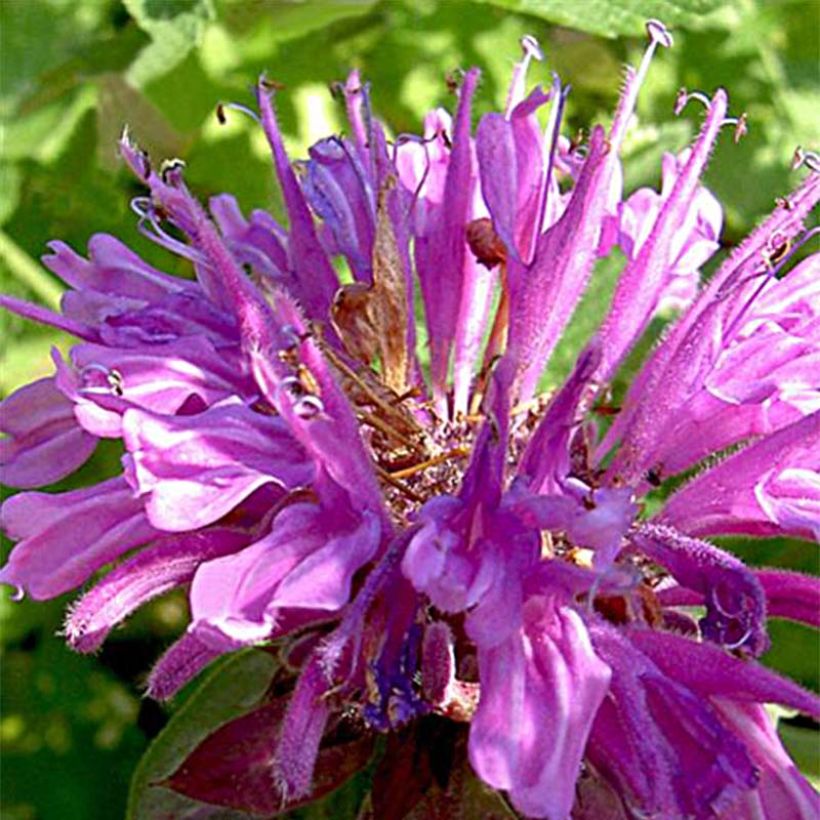

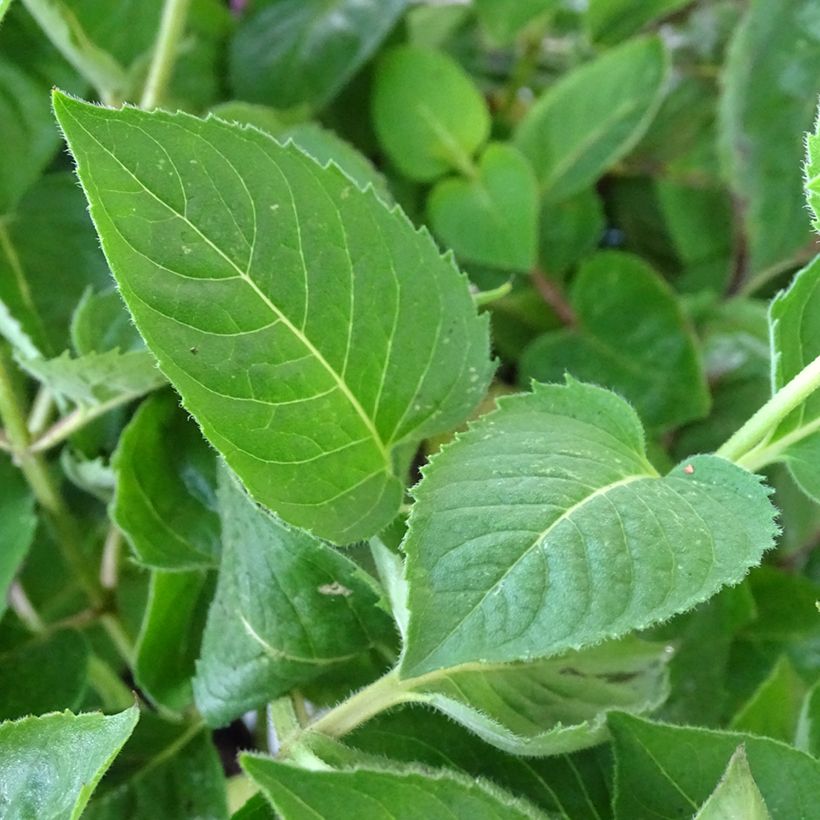

Flowering
Foliage
Plant habit
Botanical data
Monarda
fistulosa
Tetraploid
Lamiaceae
Bergamot, Bee Balm, Oswego Tea, Horsemint
Cultivar or hybrid
Other Monarda - Bee Balm
View all →Planting and care
Monardas are perennial plants that are sensitive to excessively dry soils and overly hot exposures, which promote powdery mildew attacks. Moist soil causes the same problem. This bee balm tolerates periodically dry or moist soils better. The ideal growing conditions are moist soil that is also very well-drained, rich, light, and humus-rich. They also do not tolerate competition from other roots well. After planting, mulch the base with a layer of dead leaves or anything that can maintain soil moisture. Winter wet is the enemy of monardas, so ensure good drainage by incorporating gravel into heavy and compact soil. In summer water the plants regularly if there is a drought but avoid wetting the foliage. In autumn, cut back the withered stems to ground level. In poor soils, spread well-decomposed compost over the crowns.
Planting period
Intended location
Care
Planting & care advice
-
, onOrder confirmed
Reply from on Promesse de fleurs
Similar products
Haven't found what you were looking for?
Hardiness is the lowest winter temperature a plant can endure without suffering serious damage or even dying. However, hardiness is affected by location (a sheltered area, such as a patio), protection (winter cover) and soil type (hardiness is improved by well-drained soil).

Photo Sharing Terms & Conditions
In order to encourage gardeners to interact and share their experiences, Promesse de fleurs offers various media enabling content to be uploaded onto its Site - in particular via the ‘Photo sharing’ module.
The User agrees to refrain from:
- Posting any content that is illegal, prejudicial, insulting, racist, inciteful to hatred, revisionist, contrary to public decency, that infringes on privacy or on the privacy rights of third parties, in particular the publicity rights of persons and goods, intellectual property rights, or the right to privacy.
- Submitting content on behalf of a third party;
- Impersonate the identity of a third party and/or publish any personal information about a third party;
In general, the User undertakes to refrain from any unethical behaviour.
All Content (in particular text, comments, files, images, photos, videos, creative works, etc.), which may be subject to property or intellectual property rights, image or other private rights, shall remain the property of the User, subject to the limited rights granted by the terms of the licence granted by Promesse de fleurs as stated below. Users are at liberty to publish or not to publish such Content on the Site, notably via the ‘Photo Sharing’ facility, and accept that this Content shall be made public and freely accessible, notably on the Internet.
Users further acknowledge, undertake to have ,and guarantee that they hold all necessary rights and permissions to publish such material on the Site, in particular with regard to the legislation in force pertaining to any privacy, property, intellectual property, image, or contractual rights, or rights of any other nature. By publishing such Content on the Site, Users acknowledge accepting full liability as publishers of the Content within the meaning of the law, and grant Promesse de fleurs, free of charge, an inclusive, worldwide licence for the said Content for the entire duration of its publication, including all reproduction, representation, up/downloading, displaying, performing, transmission, and storage rights.
Users also grant permission for their name to be linked to the Content and accept that this link may not always be made available.
By engaging in posting material, Users consent to their Content becoming automatically accessible on the Internet, in particular on other sites and/or blogs and/or web pages of the Promesse de fleurs site, including in particular social pages and the Promesse de fleurs catalogue.
Users may secure the removal of entrusted content free of charge by issuing a simple request via our contact form.
The flowering period indicated on our website applies to countries and regions located in USDA zone 8 (France, the United Kingdom, Ireland, the Netherlands, etc.)
It will vary according to where you live:
- In zones 9 to 10 (Italy, Spain, Greece, etc.), flowering will occur about 2 to 4 weeks earlier.
- In zones 6 to 7 (Germany, Poland, Slovenia, and lower mountainous regions), flowering will be delayed by 2 to 3 weeks.
- In zone 5 (Central Europe, Scandinavia), blooming will be delayed by 3 to 5 weeks.
In temperate climates, pruning of spring-flowering shrubs (forsythia, spireas, etc.) should be done just after flowering.
Pruning of summer-flowering shrubs (Indian Lilac, Perovskia, etc.) can be done in winter or spring.
In cold regions as well as with frost-sensitive plants, avoid pruning too early when severe frosts may still occur.
The planting period indicated on our website applies to countries and regions located in USDA zone 8 (France, United Kingdom, Ireland, Netherlands).
It will vary according to where you live:
- In Mediterranean zones (Marseille, Madrid, Milan, etc.), autumn and winter are the best planting periods.
- In continental zones (Strasbourg, Munich, Vienna, etc.), delay planting by 2 to 3 weeks in spring and bring it forward by 2 to 4 weeks in autumn.
- In mountainous regions (the Alps, Pyrenees, Carpathians, etc.), it is best to plant in late spring (May-June) or late summer (August-September).
The harvesting period indicated on our website applies to countries and regions in USDA zone 8 (France, England, Ireland, the Netherlands).
In colder areas (Scandinavia, Poland, Austria...) fruit and vegetable harvests are likely to be delayed by 3-4 weeks.
In warmer areas (Italy, Spain, Greece, etc.), harvesting will probably take place earlier, depending on weather conditions.
The sowing periods indicated on our website apply to countries and regions within USDA Zone 8 (France, UK, Ireland, Netherlands).
In colder areas (Scandinavia, Poland, Austria...), delay any outdoor sowing by 3-4 weeks, or sow under glass.
In warmer climes (Italy, Spain, Greece, etc.), bring outdoor sowing forward by a few weeks.






























